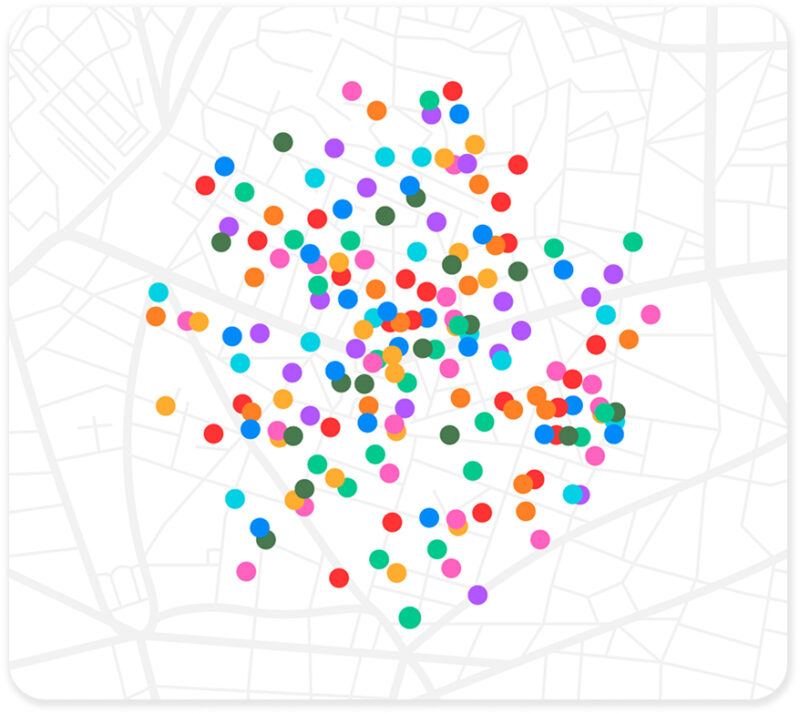In this blog, we explore the role of cultural and social infrastructure in making Cambridge what it is today, and guiding its future, through the lens of Cambridge United Football Club
What makes Cambridge Cambridge? To some extent the city is synonymous with its institutions, particularly its oldest University. But the growth of Cambridge and its surrounding region – which is expected to escalate significantly in the coming decades – raises fresh questions about the nature of the place, its ability to attract new people and provide good quality of life for the existing population.
An often overlooked aspect of these questions is the cultural and social infrastructure any place needs. Water, transport, energy and affordable housing are hugely important. But a new reservoir is unlikely to be the first thing you call to mind when you think about what a place is like. We’re much more likely to think of parks, leisure centers, swimming pools, music venues, pubs and youth clubs – the buildings and organisations that make up the social and cultural fabric.
In the context of Cambridge’s rapid growth, and the change this brings, it is increasingly important to understand the role of all of the city’s different institutions. This blog explores the story of one of these “other” Cambridge institutions and the role of social and cultural infrastructure in making the place, and guiding its future.
Section 1: The role of sports clubs in providing the social and cultural capital for ‘good’ growth
Football is inextricably connected to Cambridge; the rules of the modern game were first codified at Parker’s Piece in 1848. 64 years later, Cambridge United Football Club was founded in 1912. The Club is based at the Cledara Abbey Stadium, in one of the most economically deprived wards in Cambridge. Alongside its charitable foundation, the club is involved in a wide range of activities in the local community.
“The Cambridge United Foundation was established in 2010 to deepen the impact of the Club’s work in the community. Cambridge United’s vision is ‘to compete at the highest level of the English Football League whilst operating a sustainable football club embedded within the heart of its community’. Serving as the charitable arm of the football club, the foundation is deeply rooted within the fabric of the organisation. It works across the city to enhance the lives of the local community across a wide range of programmes”.
Vicky Neal, Head of Foundation, Cambridge United Foundation
The catchment area for the club’s activities is significant; 314,000 people live within ten miles of the stadium. But people in this area typically have higher incomes, health and education levels than the UK average, typical of the Cambridge city region. The Abbey ward which is home to the club is a different story; parts of the area are among the 20% most deprived parts of England. [1] It is a side of the city that does not fit into the usual idea of ‘Cambridge’.
“Although I’m a newcomer to the city (twenty five years and counting), wherever I have lived football has been part and parcel of my life. So whilst I cannot claim to support the Us (Dunfermline Athletic if you must know), going to the Abbey has become important to me. A football club is the heart of a community, and regardless of results, being a season ticket holder on the North Habbin, grounds me in this city. It’s where I meet friends, talk rubbish, have a giggle and just well, belong. As Cambridge grows, the club will continue to have a vital role in what the city represents, every bit as important as the Universities and the Science Parks. And the city will be all the better for it.”
Mike Davey, Former Leader of Cambridge City Council
The presence of a sports club provides the area with a direct economic boost, through the club’s own spending as well as the spending of supporters on matchdays.
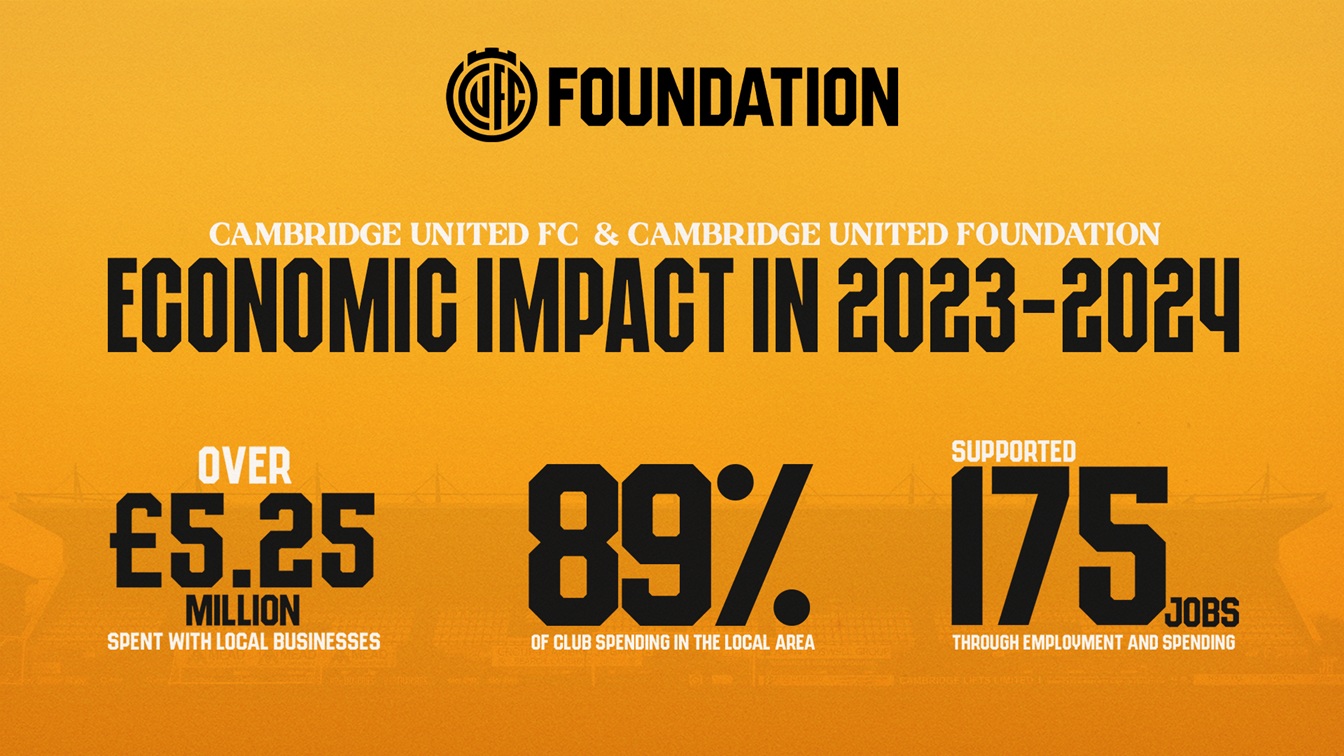
Figure 1 Cambridge United FC and Foundation Economic Impact, EFL (2025)
But a growing body of evidence shows that the impact of social and cultural infrastructure, including sports clubs, goes well beyond their immediate economic role to include positive impact on mental and physical health, self-esteem, social connectivity, crime and education.[2] [3]
“When public facilities are well-maintained, accessible, attractive and safe, they shape residents’ feelings about the identity, heritage and standing of their town.”
Bennett Institute for Public Policy, Townscapes: The Value of Social Infrastructure
So, how does the football club, as one example of many other types of social and cultural infrastructure in Cambridge, create these positive outcomes?
Section 2: Drivers of impact in communities
The role of football clubs in their local communities can be difficult to quantify. A club’s fortunes can be deeply intertwined with the identity of the place they are in,[4] and football itself plays an often informal and spontaneous role in bringing people together both in the stands and in other public places like parks.[5] But Clubs like Cambridge United also play a more formalised role which drives their impact.
Firstly, the Club’s facilities can act as a form of accessible community space. In the 2023/24 season, nearly 50 CUFC facilities were made available to local communities for their use including classrooms, fields and sports halls. Over 8,000 hours of activities were delivered across these locations, and over 90% of this time was at free or subsidised rates. [6] With the closure of more than half of council-run youth centres in the East of England since 2010,[7] sports clubs and other private infrastructure can provide an increasingly important space for community activity.[8]
But a sports club can do a lot more than just providing space, and the Cambridge United Foundation (CUF) also puts on activities and events directly in the community. Last season, the Club and Charity delivered over 5,000 community sessions with nearly 16,000 people, spanning everything from matchday events to sessions focused on supporting specific population groups. These include Age Well, providing support for people with or affected by dementia, a Community Café and wellbeing walks.
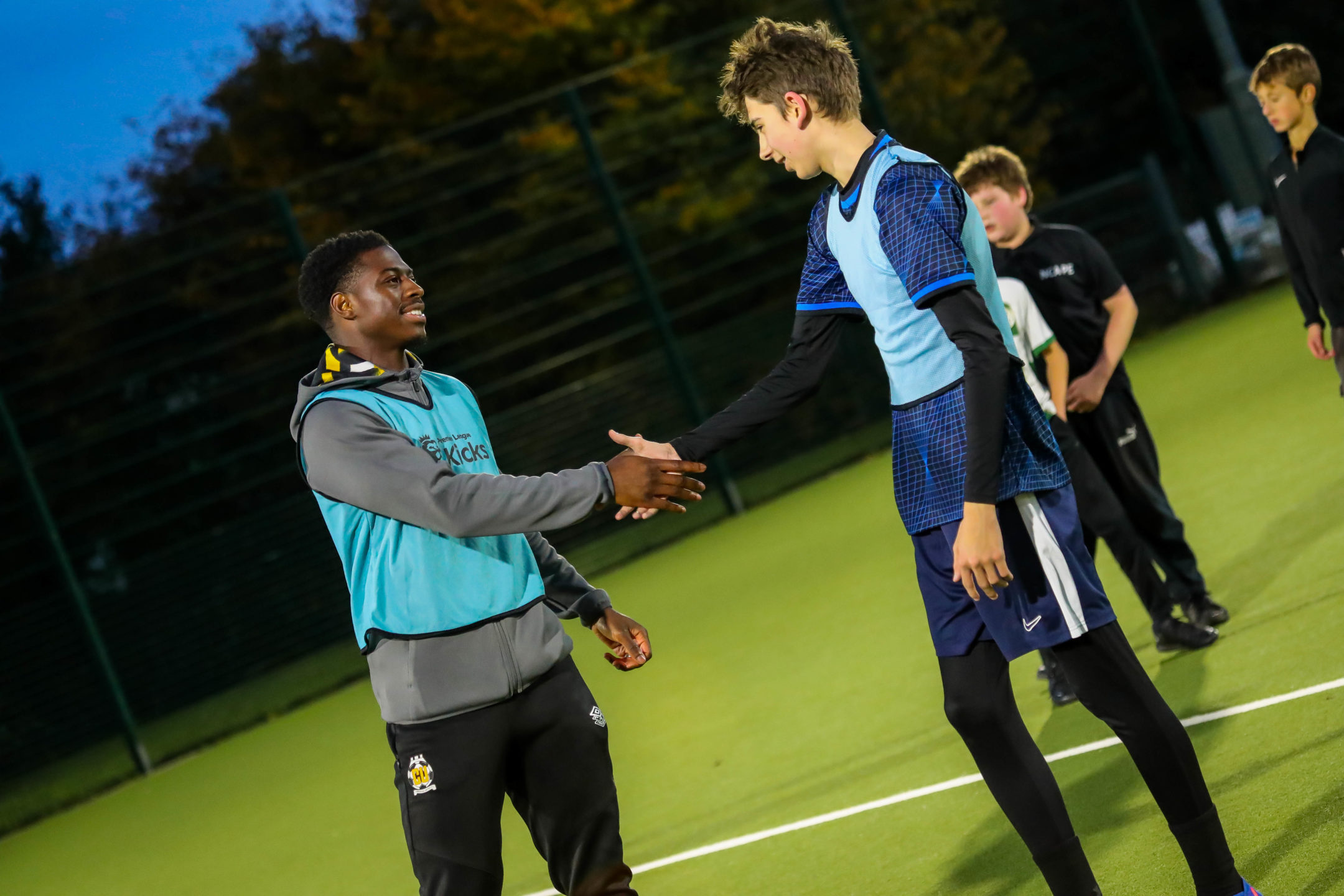
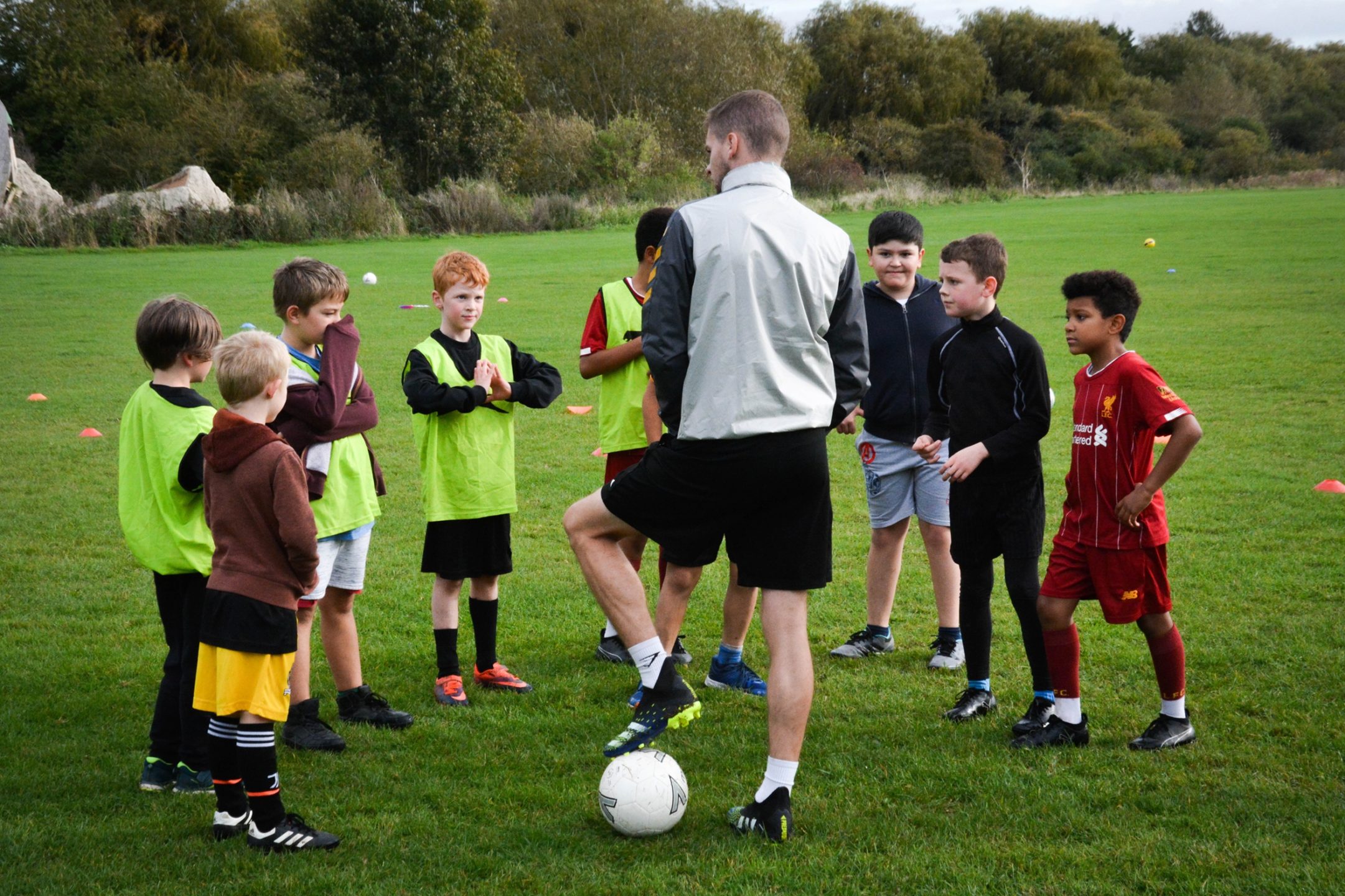
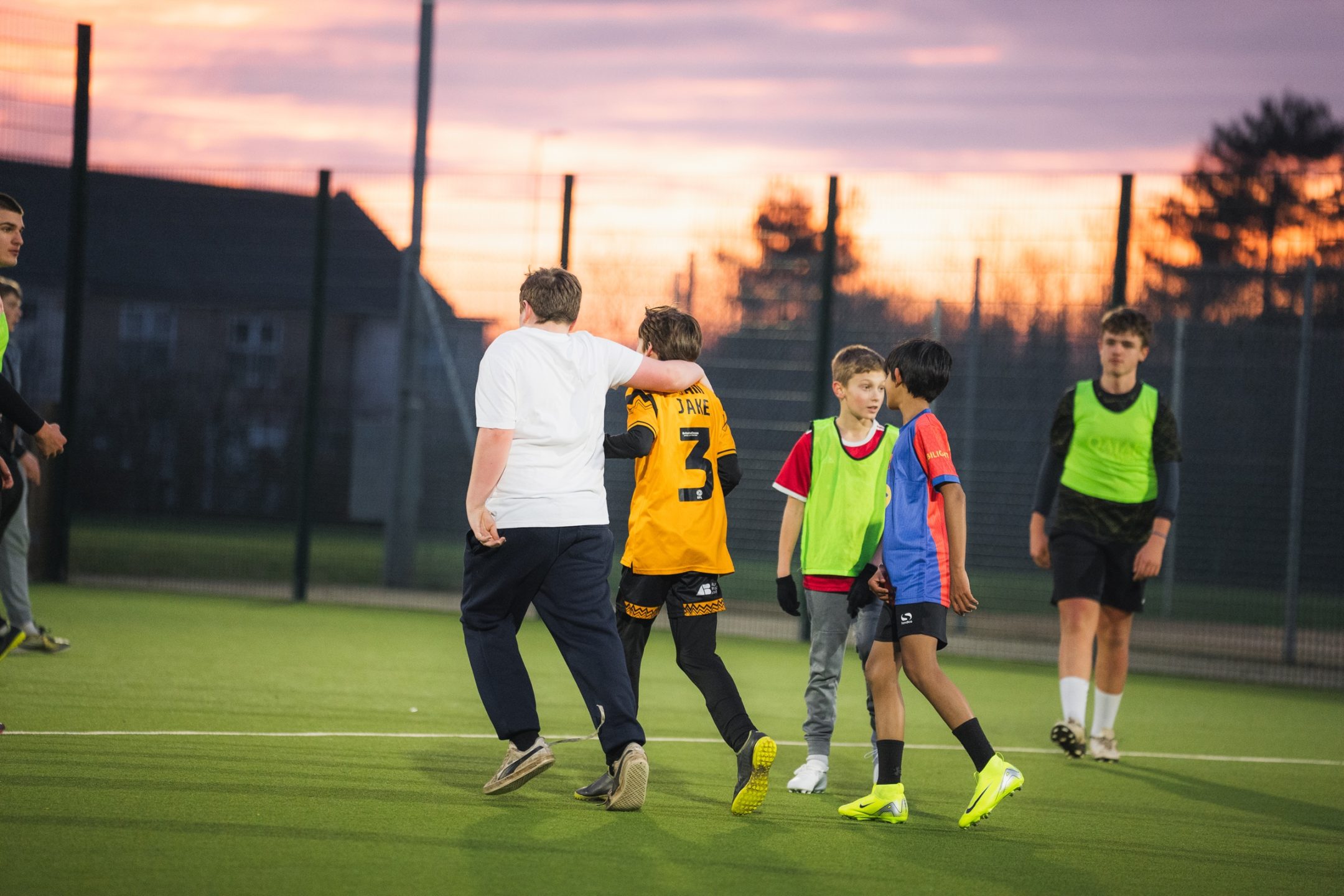
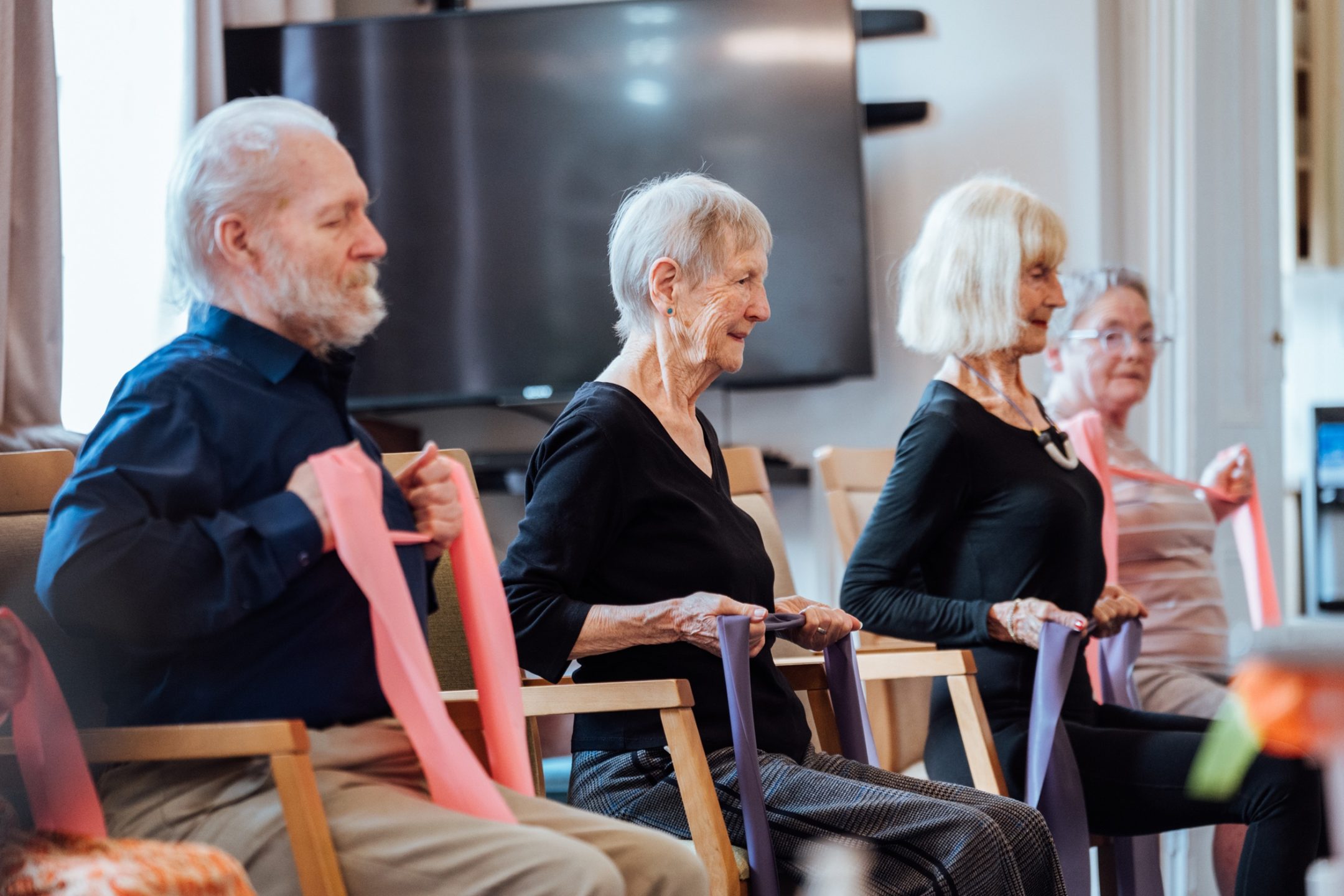
“The Trust [Foundation] use sport as a non-traditional educational tool, allowing messages to be conveyed in new and interesting ways, and to engage those who may not respond as well to traditional techniques… They also use sport as an important step to inclusion, as it can develop a sense of belonging and commonality and give participants an opportunity to engage with people different to themselves”.[9]
The Club and Foundation’s programmes exist alongside a number of other schemes led by cultural or social organisations, such as The Junction’s Take Two initiative[10] and Together Culture’s classes, pop-ups and studios at the Grafton Centre.[11]
This work in communities is not possible without partnerships between private, public and academic organisations across the city. For example, CUFC had 103 of these partnerships in 2023/24, including 33 with educational organisations, local charities like Abbey People, the local NHS, Cambridge City Council and private sector partners like Marshall. These partnerships not only provide funding through sponsorships but also create deep connections with the wider business and academic community, drawing on shared pools of talent and experience. One example of this is the Active Science programme, a collaboration between Cambridge United Community Trust and AstraZeneca which delivers cross-curricular lessons which bring together sports and science for young people.[12]
Section 3: Data, testimony, feedback
Evidence about the impact of cultural and social infrastructure, including sports clubs, is becoming increasingly powerful. CUF, for example, gathers evidence through surveys of participants in its programmes.
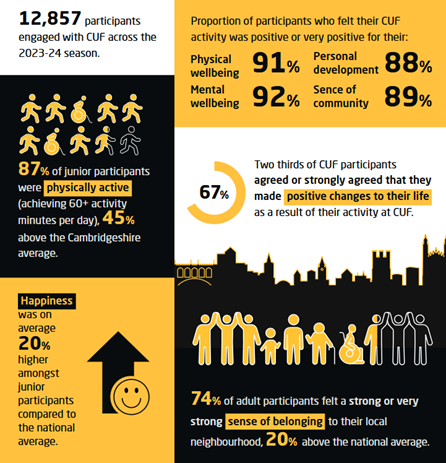
Figure 2 Cambridge United Foundation Impact Report, 2023-24
The English Football League estimate the social value of the Club and Foundation’s activities to be equivalent to ££1,324,952.25 across 2023/24. This includes over £1m in benefits associated with improved mental health outcomes.
The Bennett Institute for Public Policy – part of the University of Cambridge – have recently been funded by The British Academy to develop an approach to support organisations in comprehensively measuring the value of cultural and social infrastructure. This work will help to build our understanding of the importance of sports clubs, theatres, and youth clubs as well as digital cultural infrastructure. It will highlight inequalities between and within regions, and support proper recognition of the importance of cultural and social infrastructure to places.[13]
And think-tanks like British Future have begun to explore the role of sports clubs in providing a bridge between local communities and in creating a shared sense of identity, making recommendations for how clubs can best convene and involve communities to widen access and inclusion in their activities.
“While clubs and foundations often engage in a range of outreach work, there can be a tendency to segment activity in ways that engage people from different backgrounds in separate, parallel projects. The report calls for more focus on connecting and bridging these groups, to encourage cross-cultural understanding and social contact that can help strengthen trust and reduce prejudice.” [14]
Section 4: Implications for the future
Policymakers often refer to the role of ‘anchor institutions’ in places; large employers like hospitals or universities who play a central role in their economy through their spending, employment and the outsized impact they have on local communities. These are typically organisations in the public sector, whose long-term sustainability is inextricably linked to the wellbeing and welfare of the populations they serve.
In the context of Cambridge’s rapid growth, and the change that comes with it, it may increasingly become important to understand the role that all of the city’s anchor institutions play in both supporting growth, but also helping to create a sense of the city. This includes private sector, VCSE organisations, and other community spaces. Cambridge United, both in terms of its direct economic impact, but more so because of the cultural significance and indirect impacts on health, wellbeing and education, should be understood as a key ‘anchor institution’ of the city.
This broader definition of ‘anchor institutions’ opens up important lines of inquiry around the different formal and informal spaces where people in Cambridge can come together and take part in the creation and expression of the place’s identity.
Once we recognise the irreplaceable role that these types of institutions play in our cultural and social landscape, we can properly support those that already exist and plan for new social and cultural infrastructure – across a range of different areas – for a growing population.
To do this, it will be vital to continue to collect evidence about the role of cultural and social infrastructure, and to strengthen the involvement of local communities in the development of this evidence base. It will also be important to strengthen the partnerships that enable these organisations to deliver their programmes and deepen their impact, across the public, private and voluntary sectors. And, in the case of football clubs but also other cultural institutions like music venues, theatres and youth groups, it will be crucial to move towards a more sustainable long-term financial footing.
Researchers point out that we often only realise the importance of social and cultural infrastructure when it fails or disappears;[15] the loss of benefits of libraries, sports halls and youth clubs might not be felt as immediately as a loss of water, but are similarly detrimental to the quality of life in a place. If this quick look at the activity of one slice of cultural infrastructure in Cambridge – our football club – highlights one thing, it is that our view of the ‘infrastructure’ that this place needs must be broad enough to capture what makes Cambridge Cambridge.
[1] https://www.cambridge.gov.uk/media/12916/state-of-the-city-report-2023.pdf
[2] https://assets.publishing.service.gov.uk/media/5a74a738ed915d0e8bf1a0d6/A_review_of_the_Social_Impacts_of_Culture_and_Sport.pdf
[3] https://www.thebritishacademy.ac.uk/programmes/social-infrastructure/; https://www.bennettinstitute.cam.ac.uk/blog/defining-social-and-cultural-infrastructure/
[4] https://www.theguardian.com/football/2023/mar/17/grimsbys-fa-cup-run-reflects-towns-ride-from-outpost-to-green-trailblazer
[5] https://www.tandfonline.com/doi/full/10.1080/02614367.2024.2446197#d1e180
[6] EFL. (2025). Measuring the Impact of EFL Clubs in the Community.
[7] https://eastern.unison.org.uk/news/2024/06/closure-of-half-of-youth-centres-in-east-of-england-could-have-lasting-impact-on-society
[8] https://www.bennettinstitute.cam.ac.uk/wp-content/uploads/2024/07/Private-space-public-good-report_2024.pdf
[9] EFL. (2025). Measuring the Impact of EFL Clubs in the Community.
[10] https://www.junction.co.uk/creative-learning/take-two/
[11] https://www.togetherculture.com/
[12] https://www.cufcfoundation.com/education#marshall-aspiration-project
[13] https://www.bennettinstitute.cam.ac.uk/research/research-projects/measuring-social-and-cultural-infrastructure/
[14] https://www.britishfuture.org/wp-content/uploads/2024/05/British-Future-Shared-Goals.pdf
[15] https://www.bennettinstitute.cam.ac.uk/blog/defining-social-and-cultural-infrastructure/
